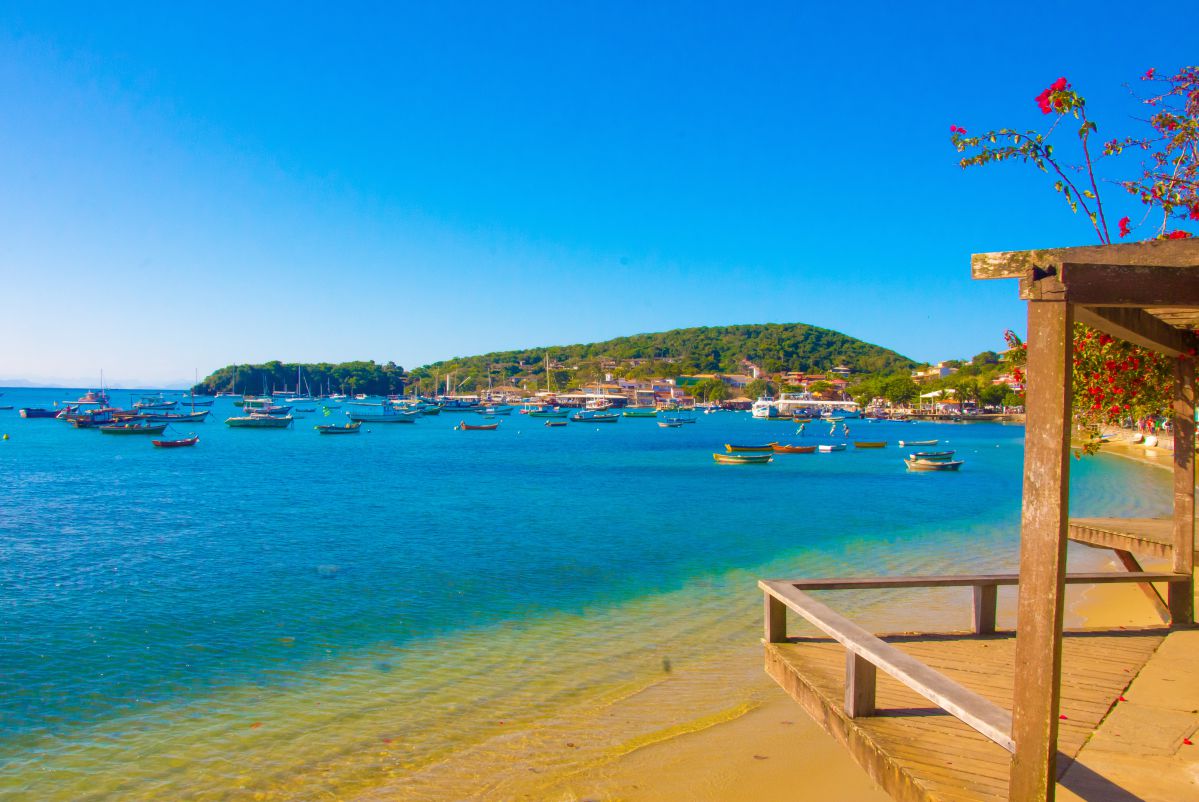Brazil’s unveiling a new jewel in its tourism crown: the Green-Blue Route.
It’s not just another beach destination; it’s a blend of pristine shores and historic towns, easily accessible from Rio and Sao Paulo.
With no plans for an international airport, they’re making a bold move. It’s a game changer, shifting Brazil’s focus from domestic to international tourism.
Get ready to discover South America’s answer to the Côte d’Azur, the Caribbean, and the California coast.
Exploring the Charm of New Beach Destinations
They’re unveiling new beach destinations in this South American country.
Like the charming colonial-era town of Angra dos Reis and the up-and-coming seaside resort of Paraty, filled with stunning beaches and a rich history.
Visitors are flocking to Angra dos Reis, exploring the cobbled historical center and basking on Dentists Beach.
Paraty’s allure lies in its preserved historical zone and proximity to Ilha Grande, a hidden paradise with a quaint settlement and an ancient church.
Ubatuba and Ilhabela are also gaining popularity, with their range of accommodations and tropical atmosphere.
With no international airport, tourists are entering through Rio de Janeiro and Sao Paulo, adding a layer of adventure to their journey.
These emerging destinations are quickly becoming South America’s answer to France’s Cote d’Azur, the Caribbean, and the California coast.
Emerging Resort Cities to Watch Out For
Paraty, Ubatuba, and Ilhabela are just some of the emerging resort cities in Brazil that you’ll want to keep an eye on. They’re quickly gaining recognition for their stunning beaches, luxurious accommodations, and vibrant culture.
Angra dos Reis, another city that’s on the rise, is enchanting with its cobbled historic center and Dentists Beach. It’s a charming colonial-era town that’s bound to captivate any traveler’s heart.
Ilha Grande, a hidden paradise, offers a unique blend of history and nature, featuring the main settlement called Vila do Abrao and the St. Sebastian Church.
Despite their rapid development, these cities haven’t lost their authentic Brazilian charm, making them the perfect destinations for those seeking a unique getaway.
Navigating the Brazilian Riviera might seem daunting, but it’s actually quite straightforward with numerous transportation options available.
There’s no international airport on the Green-Blue Route, so tourists typically enter through Rio de Janeiro or Sao Paulo. Nonstop flights from North America are readily available to both cities.
Once in Brazil, folks can catch a bus from the capitals to the holiday zones. Don’t underestimate bus travel in Brazil; it’s comfortable and efficient.
While there’s no scenic train yet, a private company’s pushing for a fast-speed rail service.
It’s clear that Brazil’s stepping up its game to attract international visitors, and exploring the Brazilian Riviera’s never been easier.
South American Beaches Vs. The World: A Comparative Analysis
When it comes to comparing the Brazilian Riviera to other global beach destinations, it’s worth noting that each location on the route offers unique attractions. Opportunities for ecotourism, gastronomy, history, and leisure can be found in every destination.
Destinations like Angra dos Reis and Paraty, with their colonial history and charming beachfronts, give stiff competition to France’s Cote d’Azur.
On the other hand, Ilha Grande and Ubatuba, with their lush greenery and serene beaches, can rival any Caribbean paradise. Similarly, Ilhabela’s tropical atmosphere is reminiscent of the California coast.
However, what sets the Brazilian Riviera apart is its blend of natural beauty, culture, and history. This combination makes it a distinct and alluring choice for world travelers.
Future of Tourism: Development Strategies and Plans
Looking towards the future, Brazil’s tourism sector is gearing up for a significant overhaul, with ambitious plans to attract more international visitors. They’re shifting focus from domestic tourism, which historically has been the priority.
Brazil currently sees about 59 million domestic tourists but only 5 million international visitors annually. They’re planning to change this dynamic by spotlighting their stunning beaches and hidden paradises.
They’re also comparing their destinations with famous ones like France’s Cote d’Azur, the Caribbean, and California’s coast.
The strategy includes launching websites with detailed info on destinations, accommodations, and tour operators. Revitalization projects are also underway along the Rio-Santos highway. It’s a new era for Brazil’s tourism, focusing on drawing in foreigners.

